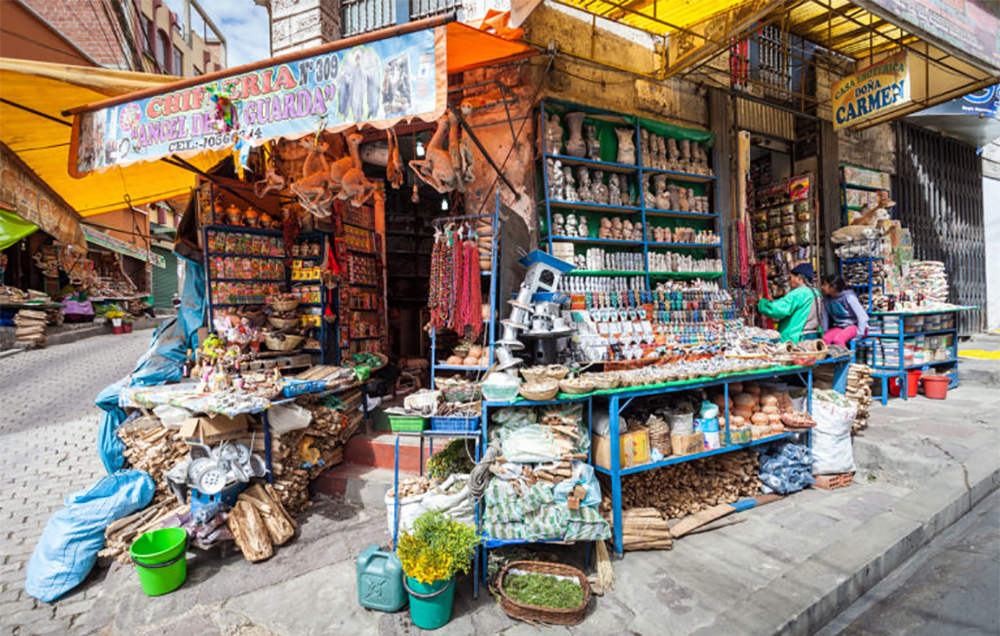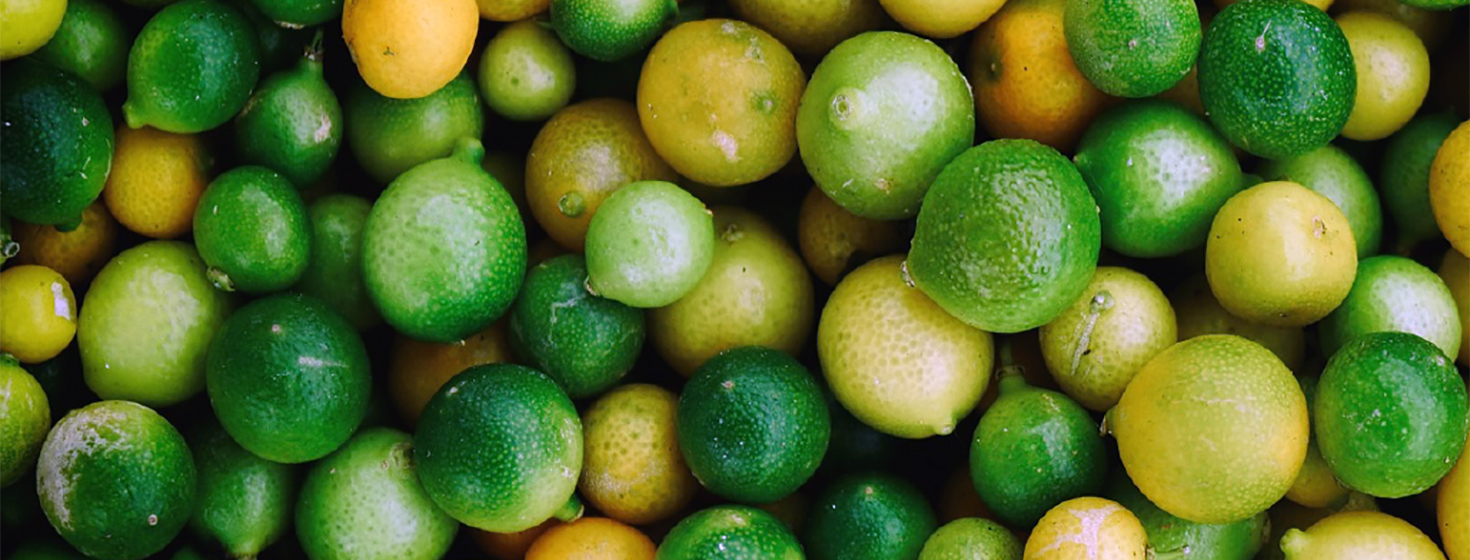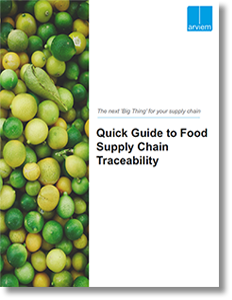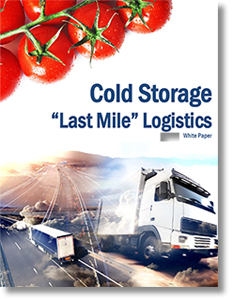Reconfiguring Nanostore Retail Supply Chains to Combat the Nutritional Food Desert

Urban populations in emerging economies often buy their nutritional food supplies, called food deserts, from small, mom-and-pop retailers called nanostores, a nanostore is defined as a small, family-owned outlet operated by fewer than five people located in a densely populated neighborhood.
Nutritional Food Deserts
Communities with limited access to sources of nutritional food – commonly called food deserts – represent a major health threat across the globe.
Researchers at the MIT Center for Transportation & Logistics (MIT CTL) have identified an innovative approach to combatting this threat: reconfigure supply chains to encourage retailers in these deprived communities to stock healthy foods.
Urban populations in emerging economies often buy their food supplies from small, mom-and-pop retailers called nanostores.
A nanostore is defined as a small, family-owned outlet operated by fewer than five people located in a densely populated neighborhood.
Such stores typically have a consumer base of 100 to 200 people. It is estimated that small stores account for at least 50% of the retail business in developing countries; in some parts of the world, such as Sub-Saharan Africa and India, their share of the retail business is as high as 90%.
Multiple Factors
For a number of reasons nanostores overwhelmingly offer low-nutrition or “junk” foods to their customers.
Junk foods usually come in the form of consumer-packaged goods (CPG). The long shelf life of these processed foods is one reason why they are more attractive than perishable, healthy items to nanostore owners. In addition, manufacturers of CPG goods compete aggressively for shelf space.
But the longevity of CPG goods and the selling tactics of manufacturers are not the only reasons why junk food is favored by small store operators.
A recently completed MIT Graduate Certificate in Logistics and Supply Chain Management (GCLOG) capstone research project that looked at the food desert problem in three emerging economies, Bolivia, Brazil and Peru, highlights other reasons for the dominance of CPG food products in underserved communities.
Titled Tackling Undernourishment through Supply Chain Analytics in Latin America, the research team won the Grand Prize for the best capstone project at the 2019 MIT CTL Research Expo.
The three countries studied are representative of food desert issues in South America. Some 20.2% of the population of Bolivia, about 2.2 million people, suffer from food insecurity. The figures for Brazil and Peru are 2.5% (5 million people) and 8.8% (2.8 million people) respectively.
The GCLOG researchers, Oscar Olivares, Ricardo Careaga, Thomas Cardoso Mazzola, and Fiorella Ruiz Rondón, focused on two research questions: what factors influence consumption patterns in food desert communities, and which supply chain strategies might promote an increase in nutritious food selections in these communities?
They used surveys and taste tests in areas with different socioeconomic profiles to explore these questions.
For example, consumers in selected neighborhoods in the three countries were asked to choose between natural and processed fruit juice in blind tests. The aim was to shed light on consumer buying preferences and mindsets to better understand the purchasing decision process.
The surveys indicated that 90% of respondents preferred natural juices, while an additional 6.5% would change their choice after learning that they chose processed juices. Sixty percent of respondents admitted that price and ease of consumption steered them towards the processed variety.
The research validated three key factors that drive consumers to choose between buying nutritious and non-nutritious foods.
- Consumer awareness and perceptions of the products on offer.
- Environmental factors such as distance traveled to stores (i.e. accessibility), the price (i.e. affordability) and availability of healthy alternatives.
- Buyer characteristics such as income level, age, car and fridge ownership, and the price that individuals are willing to pay for food products.
Supply chain know-how can be used to encourage mom-and-pop stores in emerging economies to stock healthier foods. Source: A Fresh Approach to Combatting the Food Desert Scourge
Global Problem
Importantly, these findings are just as relevant in developed economies, because food deserts are by no means confined to emerging economies. In the United States, for example, there are many impoverished rural communities with low educational levels that do not have ready access to sources of healthy foods.
As is the case in developing countries, the relatively few retail outlets that serve these communities sell mainly junk food. A recent trend is the growth of cut-price chains such as Dollar General that are accused of driving out smaller retailers, thereby reducing choice for local inhabitants even further. Some communities are resisting the development of these chain stores with local ordinances that restrict the growth of these outlets.
Supply Chain Solutions
Another approach highlighted by the MIT CTL research is to redesign the supply chains that support small store operations to provide incentives for owners to offer healthier product assortments in their outlets. The strategy can also be used to train small store owners to be prevention agents.
Here are some examples of the measures that can be taken;
- Review product mix and include nutritional foods such as packaged dried fruit that have a reasonably long shelf life and are less prone to handling problems.
- Improve product handling practices and reduce waste in the supply chain. Fresh foods are highly perishable, and reducing waste reduces the risk for mom-and-pop store owners.
- Streamline food supply chains by eliminating intermediaries and minimizing touch points. Again, a streamlined supply chain represents less risk for the store owner.
- Improve the education of store owners in key areas such as inventory management.
- Introduce more creative ways to sell food in underserved communities, such as the use of fresh food trucks and schemes that promote the development of small-to-small business ecosystems.
Significant Returns
Food deserts are costly on multiple fronts. They pose unacceptable health risks and exact a high economic price. For example, it is estimated that malnutrition in communities can lower a country’s gross domestic product (GDP) by two to three percent owing to the poor productivity of affected individuals.
Moreover, governments have to spend more on health campaigns to combat the spread of food deserts and related health issues, increasing the cost of the problem.
Redesigned supply chains won’t address the underlying social and economic drivers that create food deserts, but they can alleviate the problem by promoting healthier food options in needy communities.
And these non-trivial actions have the potential to decrease the costs associated with malnutrition by an amount that represents 8% of the world’s GDP. Such actions could help to reduce income disparities and create an economic return 12 times larger than the initial investment over 10 years, estimates the World Bank.
For more information on the GCLOG capstone project described in this article, and MIT CTL’s food supply chain research, contact Dr. Christopher Mejia, Director, MIT Food and Retail Operations Initiative and Director of the SCALE Latin America network, who supervised the project. He can be reached at [email protected]. Ken Cottrill is Global Communications Consultant at MIT CTL. He can be contacted at [email protected].
Related Article: Food Supply Chain Logistics Software & Technology Trends
Related Food Supply Chain Resouces
Quick Guide to Food Supply Chain Traceability
Learn about how the traceability of food and beverage products together with supply chain visibility helps reduce the waste in food supply chains. Download Now!
Let’s Build a Smarter Food System
This comprehensive presentation provides an in-depth look into Pod Quality and covers the value proposition, product life models, current solutions, and the Verigo solution. Download Now!
Cold Storage “Last Mile” Logistics
This white paper describes how to profit from cold storage 'last mile' logistics business benefits including lowers operating costs, reducing system downtime and interruptions, increasing productivity, greater product longevity, improved data integrity and inventory management. Download Now!
More 'Supply Chain Food': Resources
Article Topics
Arviem News & Resources
Reconfiguring Nanostore Retail Supply Chains to Combat the Nutritional Food Desert How the Internet of Things & Big Data Are Accelerating Supply Chain Management Chain of Custody: Source of Control in Global Supply Chains Data Loggers vs. IoT Enabled Real-Time Services for Supply Chain Visibility IoT in the Supply Chain to Help Beat the Brexit Blues Food Supply Chain Logistics Software & Technology Trends Quick Guide to Food Supply Chain Traceability More ArviemLatest in Supply Chain
Ask an Expert: How Shippers Can Prep for Hurricane Season Apple Accused of Multiple Human Rights Violations South Korea Finally Overtakes China in Goods Exported to U.S. UPS Struggles in First Quarter With Steep Earnings Decline How Supply Chains Are Solving Severe Workplace Shortages SAP Unveils New AI-Driven Supply Chain Innovations How Much Extra Will Consumers Pay for Sustainable Packaging? More Supply Chain


















